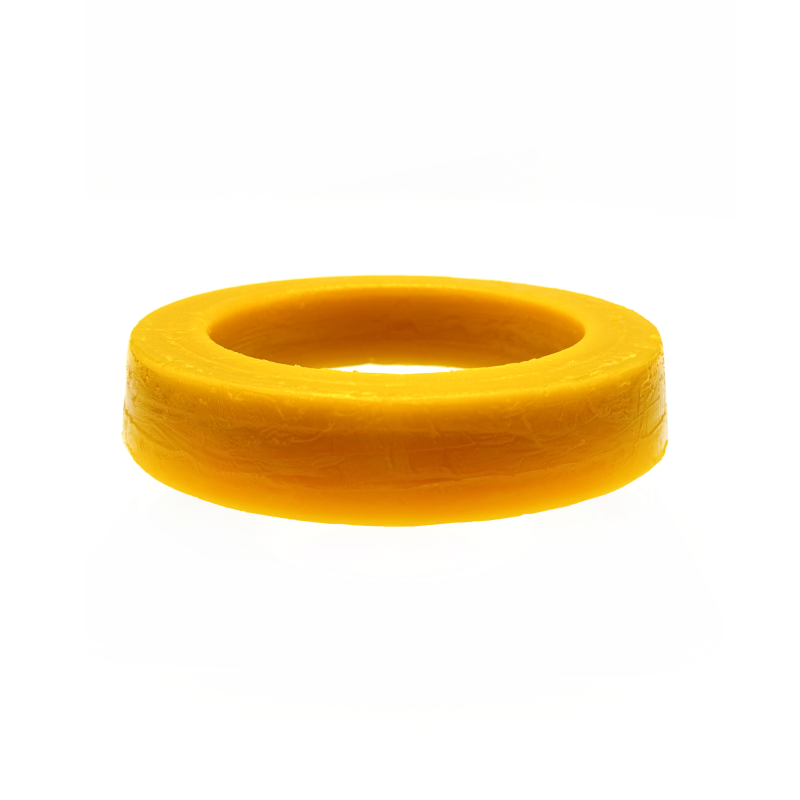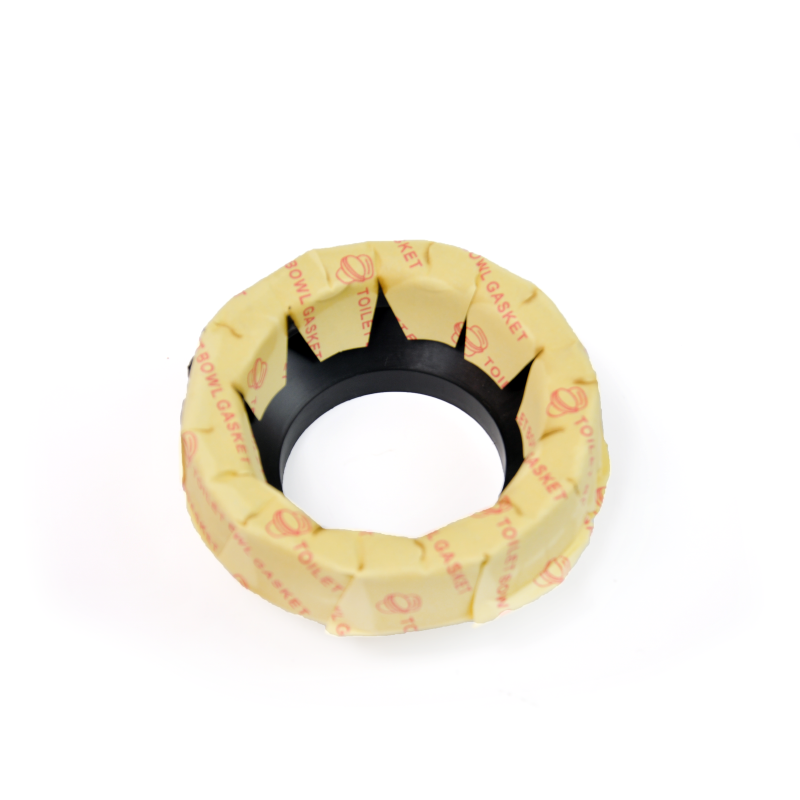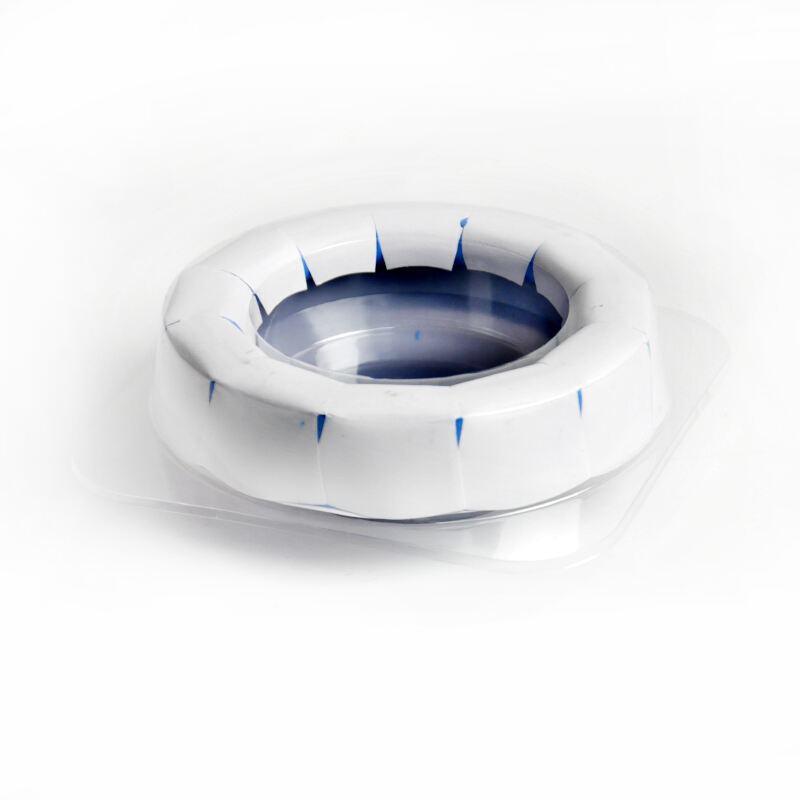An old toilet wax ring refers to a worn or degraded wax sealing component that has been in use for an extended period, typically showing signs of deterioration that compromise its ability to maintain a watertight and gas tight seal between the toilet bowl and the floor flange. Over time, wax rings are subjected to constant pressure from the toilet’s weight, exposure to water and humidity, temperature fluctuations, and chemical exposure from cleaning products, all of which contribute to their gradual breakdown. Recognizing the characteristics of an old or failing wax ring is essential for timely replacement and preventing water damage, mold growth, or sewer gas infiltration in the bathroom. Visually, an old toilet wax ring may appear crumbled, cracked, or flattened, with visible gaps where the wax has pulled away from the flange or toilet base. In some cases, the wax may have become brittle and powdery, losing its elasticity and ability to conform to surfaces. This brittleness is often caused by prolonged exposure to dry conditions or temperature extremes, which cause the wax to lose its plasticizers over time. Alternatively, old wax rings in consistently humid environments may become soft and mushy, extruding from under the toilet base and losing their sealing effectiveness. The consequences of an old, failing wax ring can be significant. Water may leak from the base of the toilet, pooling on the floor and seeping into subfloors, causing rot, mold growth, and structural damage. Sewer gases containing harmful bacteria and unpleasant odors can escape through gaps in the seal, compromising indoor air quality and creating an unhygienic environment. A loose toilet that rocks when used is often a telltale sign of an old wax ring, as the degraded wax no longer provides stable support. When removing an old toilet wax ring during replacement, it is common to find residue adhering to the flange and toilet base, which must be thoroughly cleaned to ensure a proper seal with the new ring. This residue may contain mold, mildew, or mineral deposits that can interfere with the adhesion of the new wax. Inspecting the flange for damage during this process is also important, as an old wax ring may have masked underlying issues such as corrosion, cracks, or warping that need to be addressed before installing a new seal. The lifespan of a toilet wax ring varies depending on factors such as usage frequency, environmental conditions, and initial installation quality, but most last between 5 to 10 years. Regular inspection of the toilet base for leaks, odors, or movement can help identify an old or failing wax ring before significant damage occurs. Prompt replacement with a high quality wax ring or modern alternative ensures the continued functionality and hygiene of the bathroom plumbing system.




